Missions to the moon, Mars, Jupiter and more: These are the coolest space missions in 2024
Ambitious new missions to the moon, Venus, Jupiter and more are planned for 2024. Here is a preview of the exciting year in space ahead.
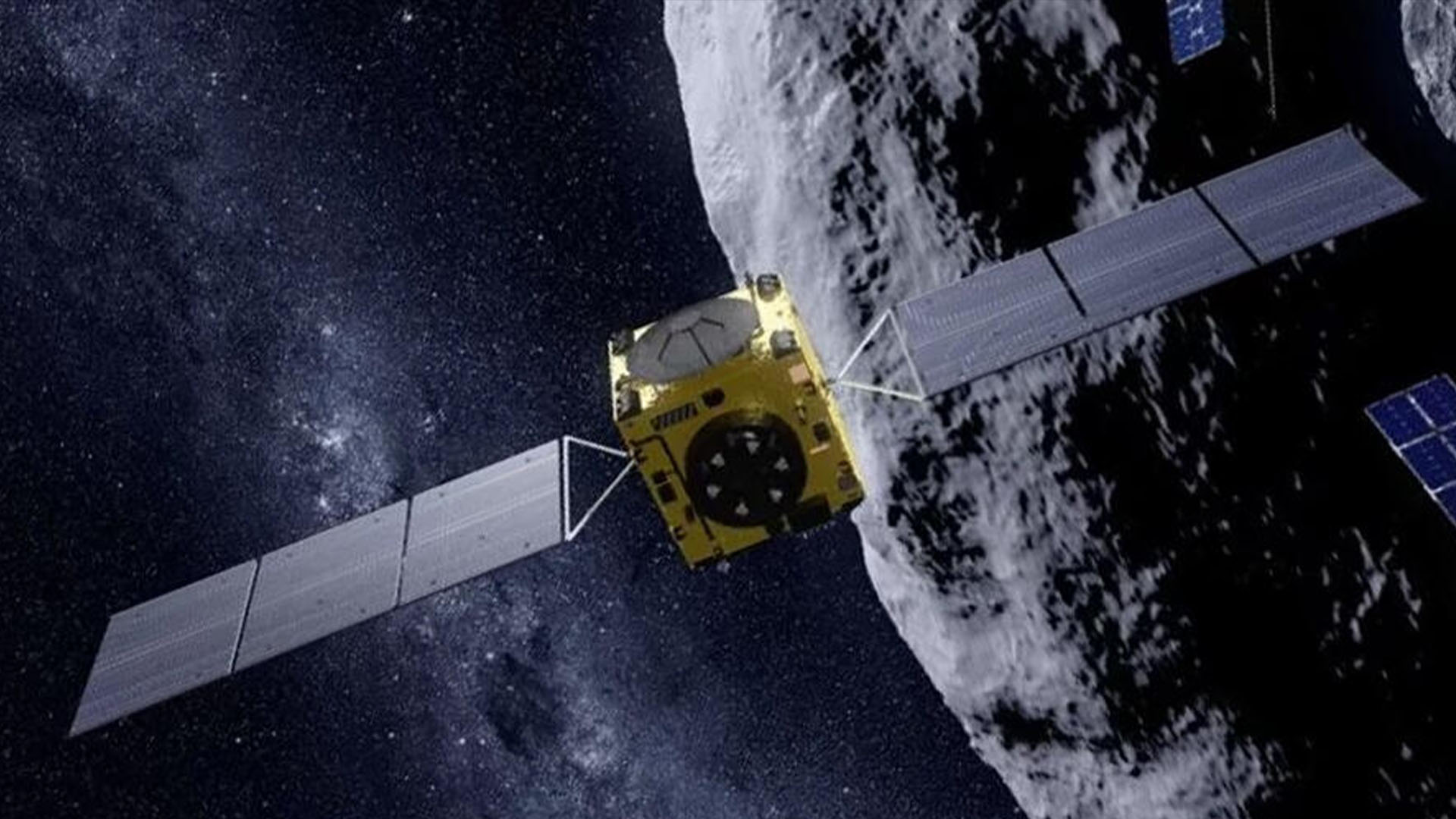
2024 is slated to be an exciting and prolific year for space missions.
In the first half of the year, there will be four attempts to land on the moon — two from the U.S. and one each from Japan and China — and each successful mission would make history. The second half of the year will feature the debut of Europe's Ariane 6 rocket, another trip to the asteroid Dimorphos, a mission to assess the habitability of Jupiter's icy moon Europa, and more.
Here are the coolest space missions to look forward to this year.
1. Peregrine moon lander
For the first time since the Apollo program ended more than 50 years ago, spacecraft are set to land on the moon. Two private companies, Pittsburgh-based Astrobotic and Houston-based Intuitive Machines, are each planning to land a spacecraft on the moon early this year.
On Jan. 8, Astrobotic will launch its box-like, four-legged Peregrine lander from Cape Canaveral, Florida. If all goes according to plan, the spacecraft would touch down on Feb. 23 in Sinus Viscositatis (aka "The Bay of Stickiness") and operate for eight days. Equipped with 20 payloads from various government and private entities, the spacecraft would be the first to study an enigmatic patch known as Gruithuisen Domes, the region adjacent to its landing site. While the domes appear to have been created from magma rich in silica, scientists cannot explain how these domes would have formed on the moon without water and plate tectonics.
The second U.S. mission to the moon, Intuitive Machines' IM-1, will now launch in mid-February after unfavorable weather conditions delayed the original Jan. 12-16 launch window. The mission would deliver the Nova-C lander to the rim of the Malapert A crater near the moon's south pole.
Sign up for the Live Science daily newsletter now
Get the world’s most fascinating discoveries delivered straight to your inbox.
2. Japan's "moon sniper"
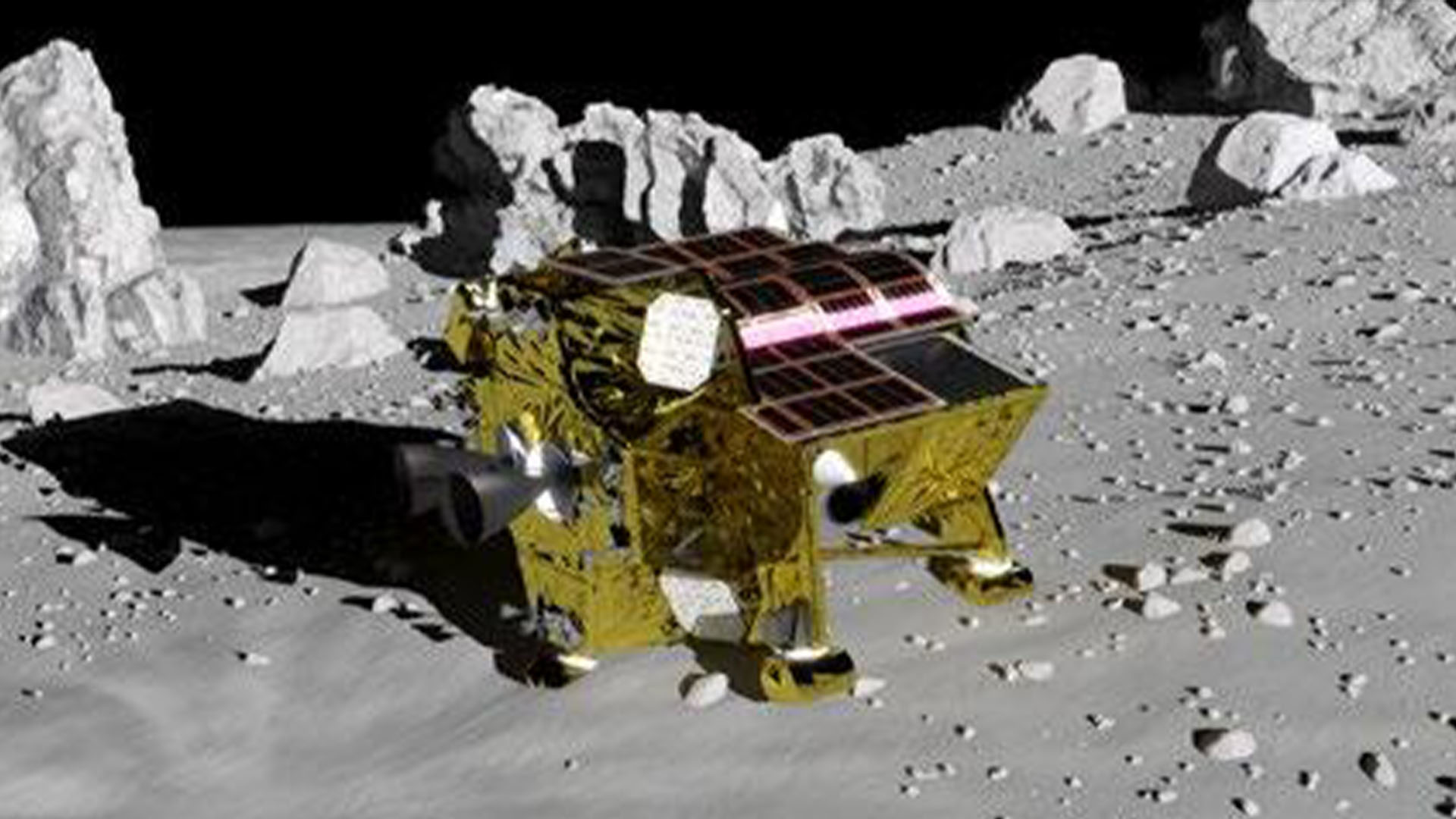
On Jan. 20, the Japan Aerospace Exploration Agency (JAXA) plans to touch down its robotic Smart Lander for Investigating Moon (SLIM) lander, nicknamed "moon sniper," on the near side of the moon. Its goal is to arrive within 328 feet (100 meters) of its target landing site, the rim of the Shioli impact crater, which may reveal more insight into how the moon formed. If successful, Japan would become only the fifth nation to land a spacecraft on the moon (after the Soviet Union, the U.S., China and India).
3. China's sample-return mission from the moon's far side
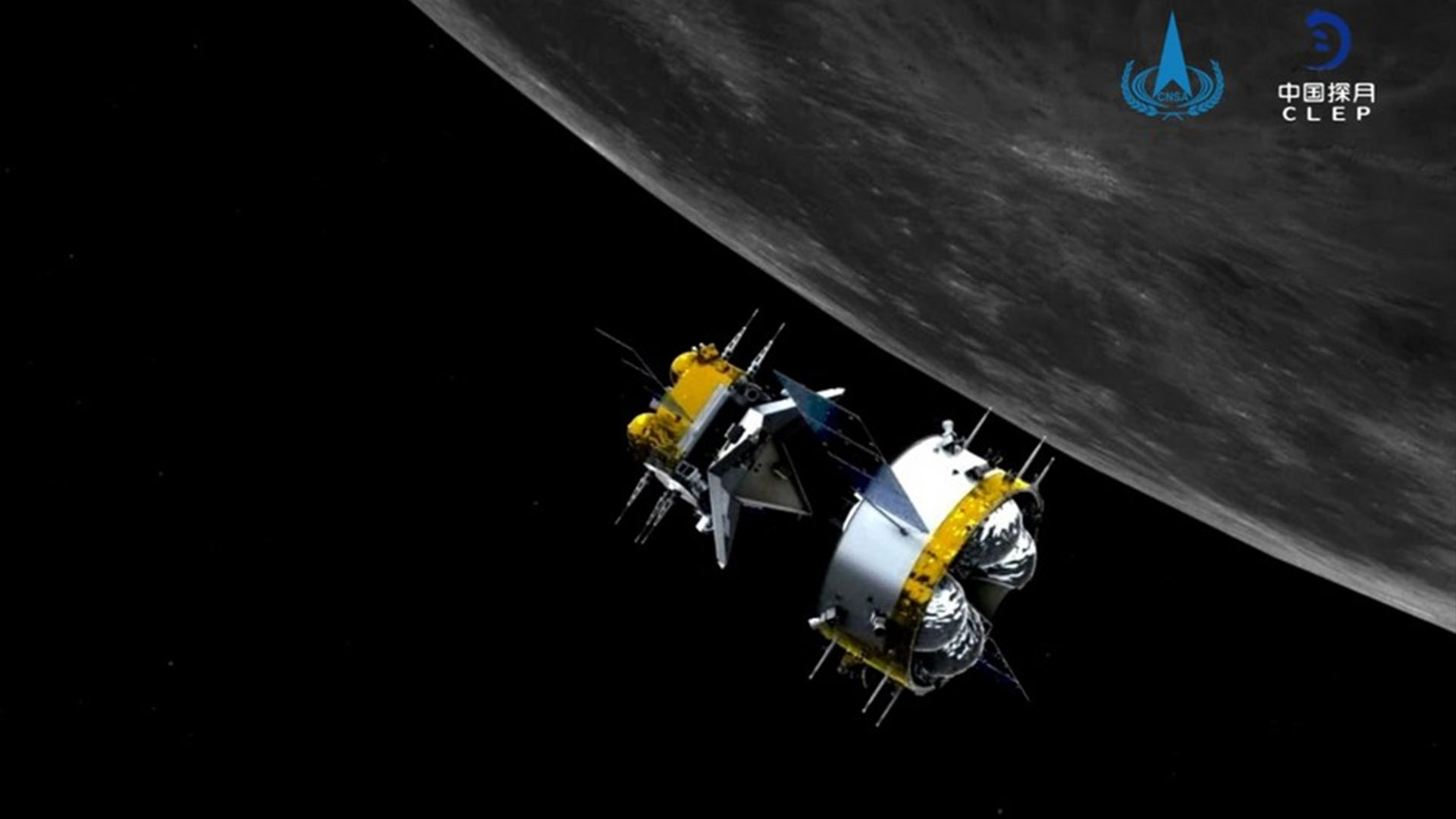
In May, China plans to send its Chang'e 6 spacecraft to collect rocks from the moon's far side. While China's space agency has not revealed the spacecraft's precise landing site, the touchdown region would be the South Pole-Aitken Basin, a 4 billion-year-old impact basin and the largest well-preserved area on the lunar far side. Samples collected in this region are thought to be blasted from the moon's mantle and may hold hints about early evolution of the moon, Earth and perhaps even the solar system.
4. Ariane 6's inaugural launch
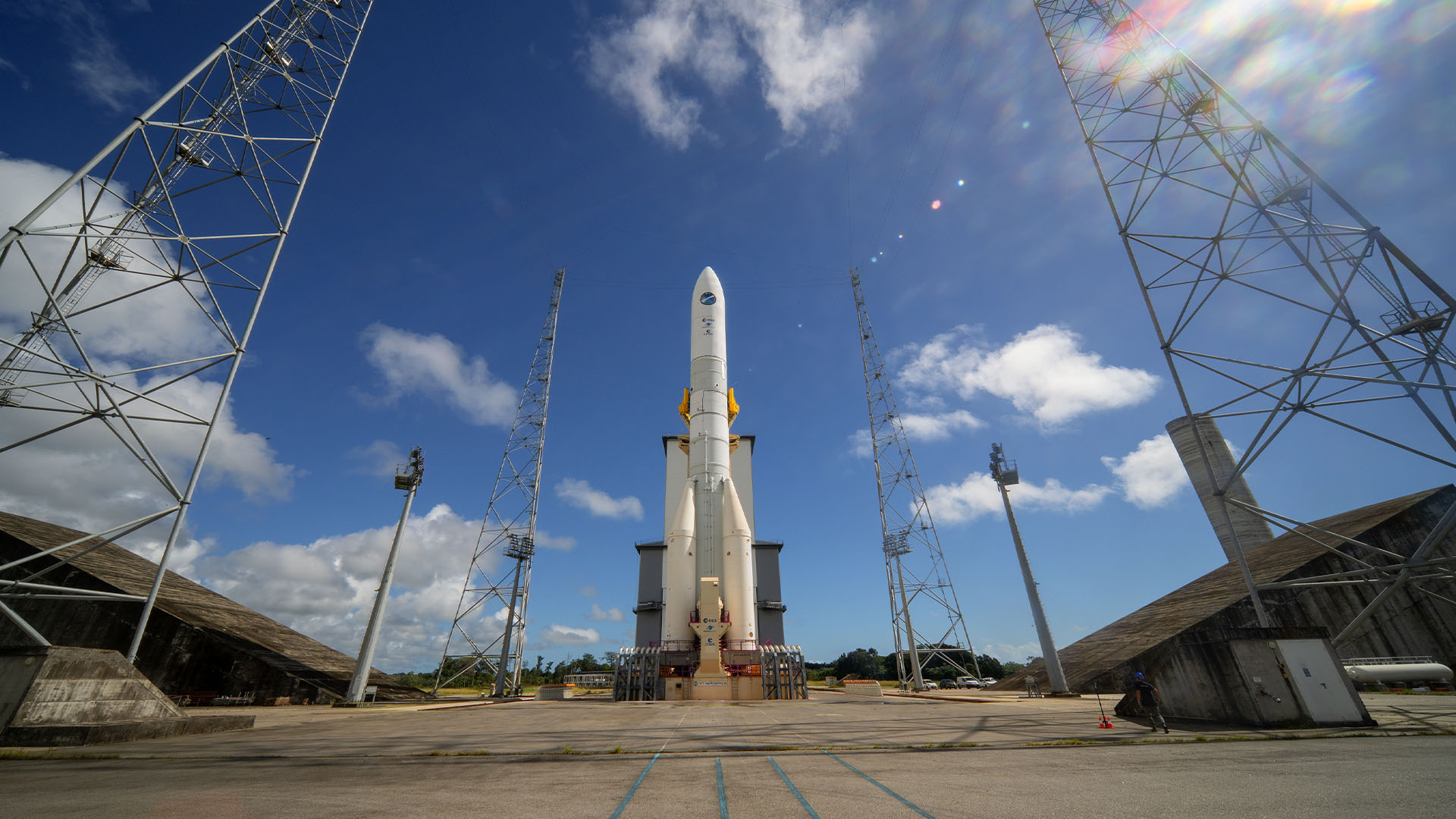
The debut launch of Europe's long-delayed Ariane 6 heavy-lift rocket will occur between June 15 and July 31, European Space Agency officials announced in late November. Europe currently does not have independent access to space; Ariane 6's predecessor, Ariane 5, was retired in July 2022, and another smaller rocket, Vega-C, remains grounded due to technical failures. So Ariane 6's successful first flight would be momentous for the continent, allowing it to once again independently launch satellites into orbit.
5. Hera mission to asteroid Dimorphos

In September 2022, the Double Asteroid Redirection Test (DART) spacecraft tested a planetary defense method by smashing into the asteroid Dimorphos, located about 6.8 million miles (11 million km) from Earth, shortening its orbit by 32 minutes. To study the aftermath of this collision, a European sequel mission, Hera, will launch in October, with a goal to rendezvous with Dimorphos in late 2026 or early 2027. The mission is designed to study the crater DART left behind and to document the physical properties of Dimorphos and its asteroid companion, Didymos.
Related: The 8 most Earth-shattering asteroid discoveries of 2023
6. Japan's sample return mission from Martian moon Phobos
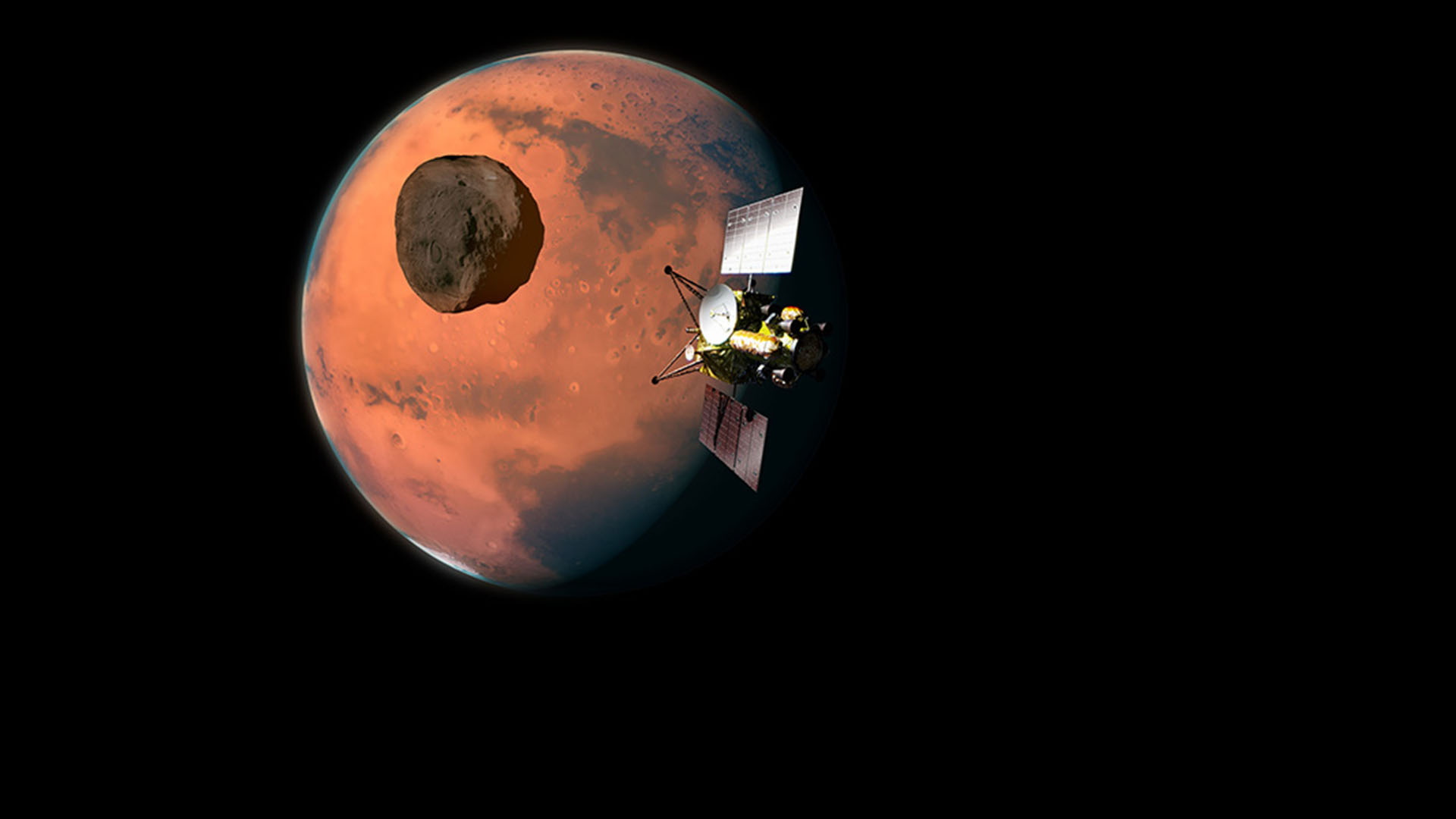
For decades, scientists have puzzled over the origins of the two moons of Mars, Phobos and Deimos. The moons could simply be captured asteroids — or, they may be fragments of Mars that coalesced into moons after an asteroid struck the planet's surface long ago.
To learn more, Japan plans to launch a sample return mission, Martian Moon eXploration (or MMX), in September to study Phobos, the larger of the two moons. The three-module spacecraft would first arrive in an orbit around the Red Planet in 2025. Then, the craft is expected to move into an orbit around Phobos and land a sample-collection module on the moon for a few hours to scoop about 0.02 pounds (10 g) of material from the surface. In the current plan, the MMX spacecraft will return with the collected sample and land in 2029 in an Australian military facility called the Woomera Prohibited Zone.
7. Europa Clipper
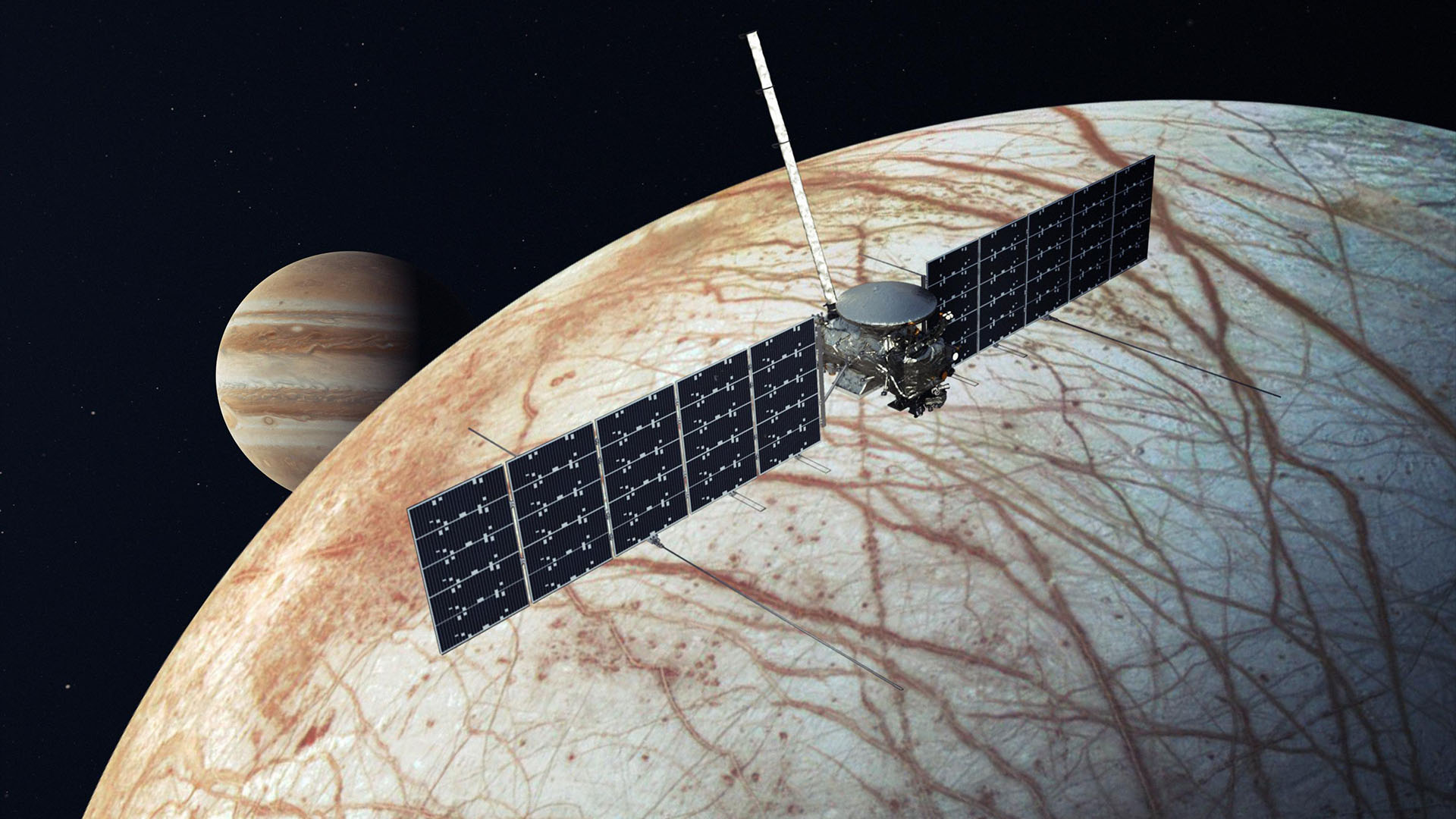
Despite being smaller than our own moon, Jupiter's moon Europa is thought to host a saltwater ocean underneath its icy shell, with twice as much water as Earth's oceans. To learn if the tiny world is hospitable to life as we know it, NASA plans to launch Europa Clipper in October as the first mission to explore an oceanic world other than Earth.
Rather than directly orbit Europa itself, the spacecraft will enter an orbit around Jupiter in 2030 such that it would spend much of the time out of the gas giant's intense radiation and intermittently fly by Europa for observations of its ocean structure and chemical makeup.
8. "Blue" and "Gold" Mars satellites
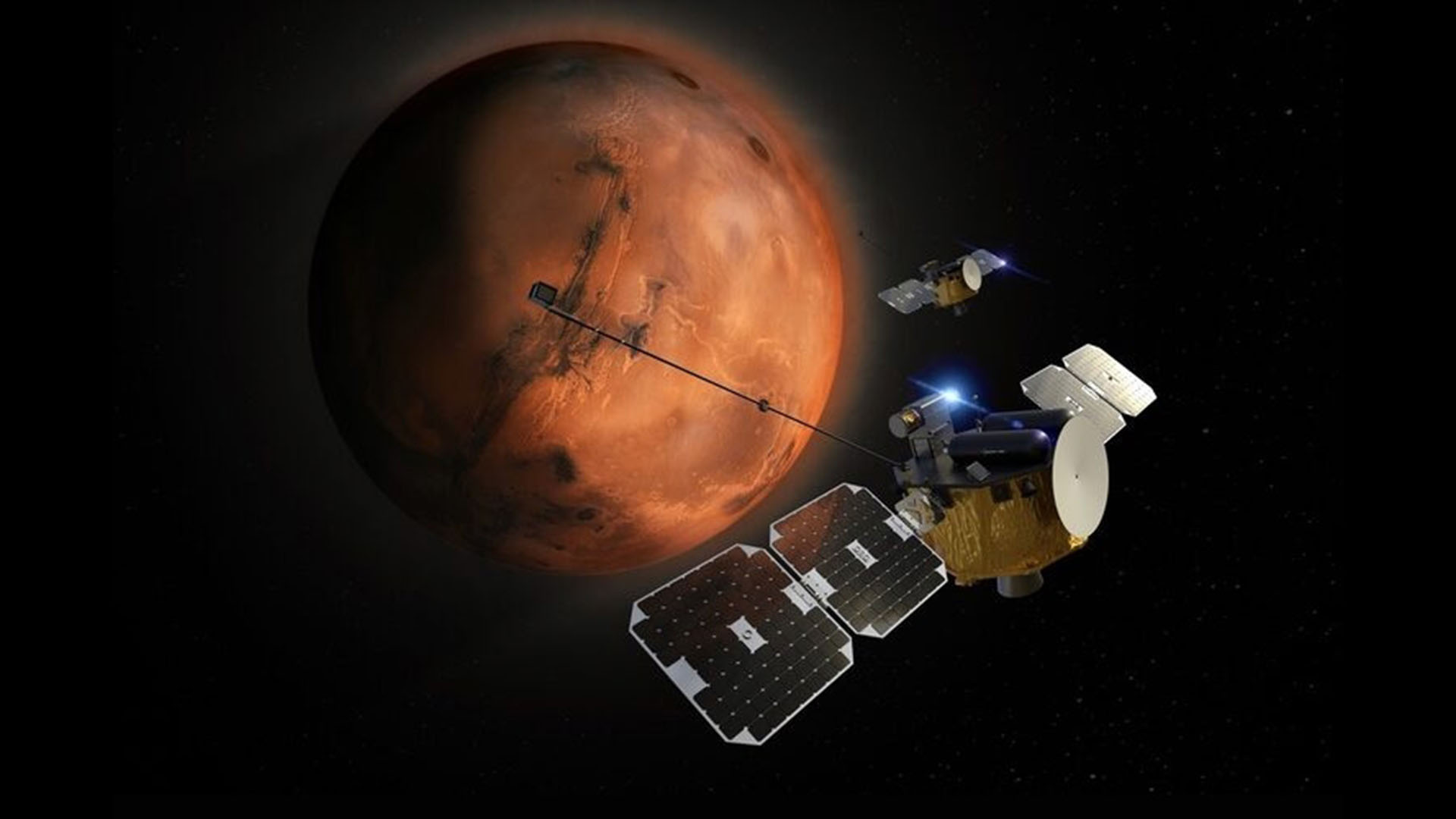
To study how and when Mars lost its atmosphere, NASA is sending two satellites — nicknamed "Blue" and "Gold" after the school colors of the University of California, Berkeley, which leads the mission — around the Red Planet in October.
The satellites are part of the Escape and Plasma Acceleration and Dynamics Explorers (EscaPADE) mission to study how the Martian atmosphere interacts with solar wind. Per the current mission plan, the satellites would provide simultaneous data from different orbital positions around Mars beginning in 2026.
9. Artemis II prepares for launch

NASA's Artemis II mission, the first to send astronauts near the moon since 1972, could launch as soon as Nov. 2024 from the Kennedy Space Center in Florida. During the 10-day trip around the moon, four astronauts — three from NASA and one from the Canadian Space Agency — will test functionality of the Orion spacecraft to determine readiness of the Artemis program for longer-duration crewed missions to the lunar surface.
10. First private mission to Venus
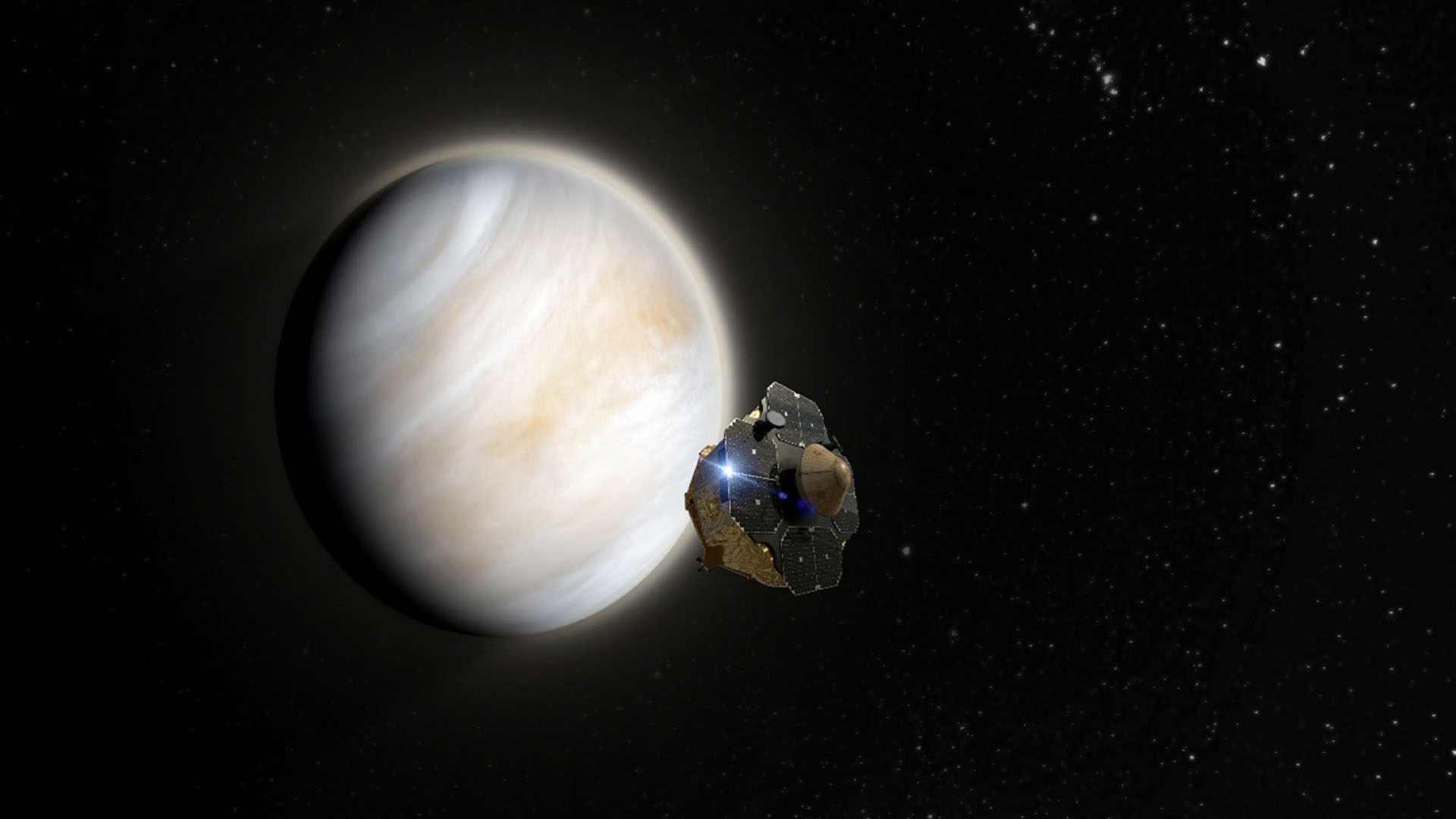
Finishing off 2024 would be Rocket Lab's mission to Venus. The mission is designed to look for organic material, a possible indicator of life, in the planet's atmosphere. The Venus Life Finder spacecraft, equipped with a 16-inch (40 centimeters) probe built in partnership with the Massachusetts Institute of Technology, would fly on Dec. 30 and reach Venus 1.5 years later. Once there, the spacecraft would drop a single-instrument probe into the Venusian clouds. The probe would catalog molecules for three to five minutes and determine if any are indicators of life.

Sharmila Kuthunur is a Seattle-based science journalist focusing on astronomy and space exploration. Her work has also appeared in Scientific American, Astronomy and Space.com, among other publications. She has earned a master's degree in journalism from Northeastern University in Boston. Follow her on BlueSky @skuthunur.bsky.social










